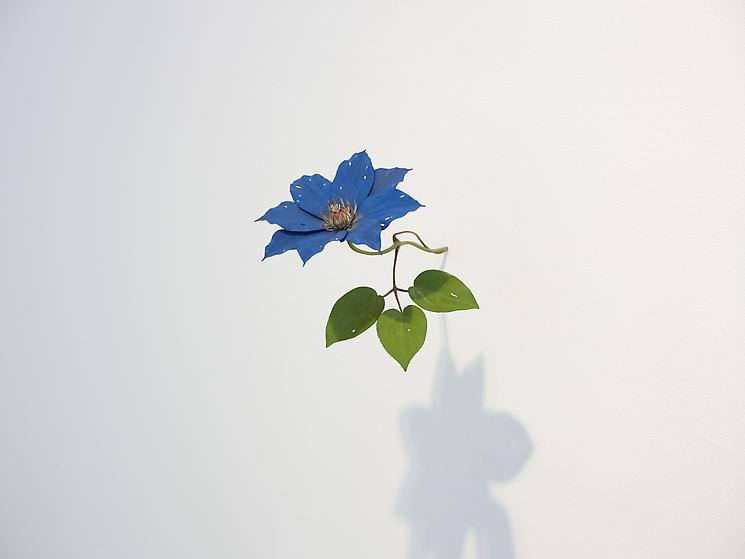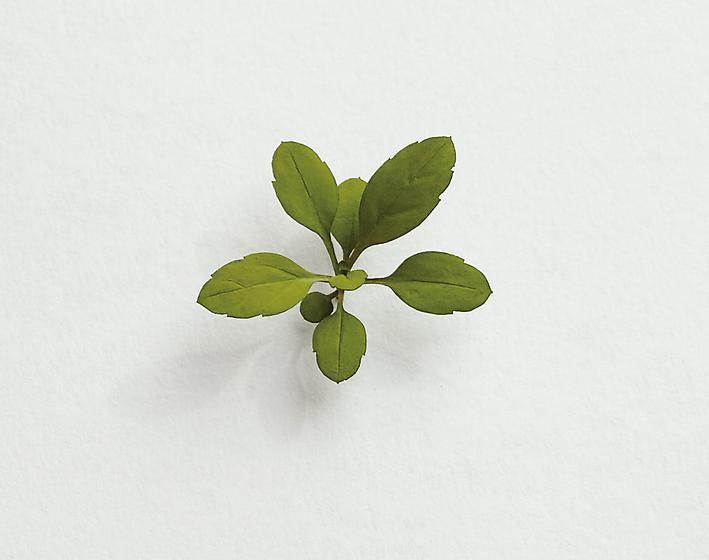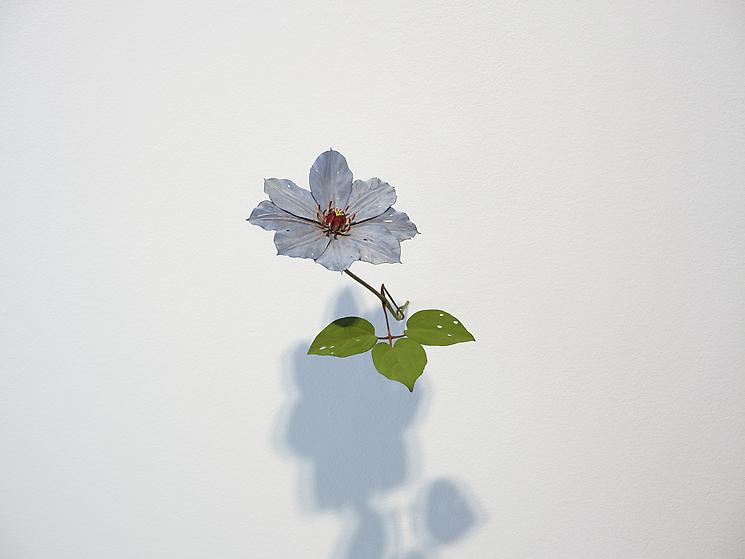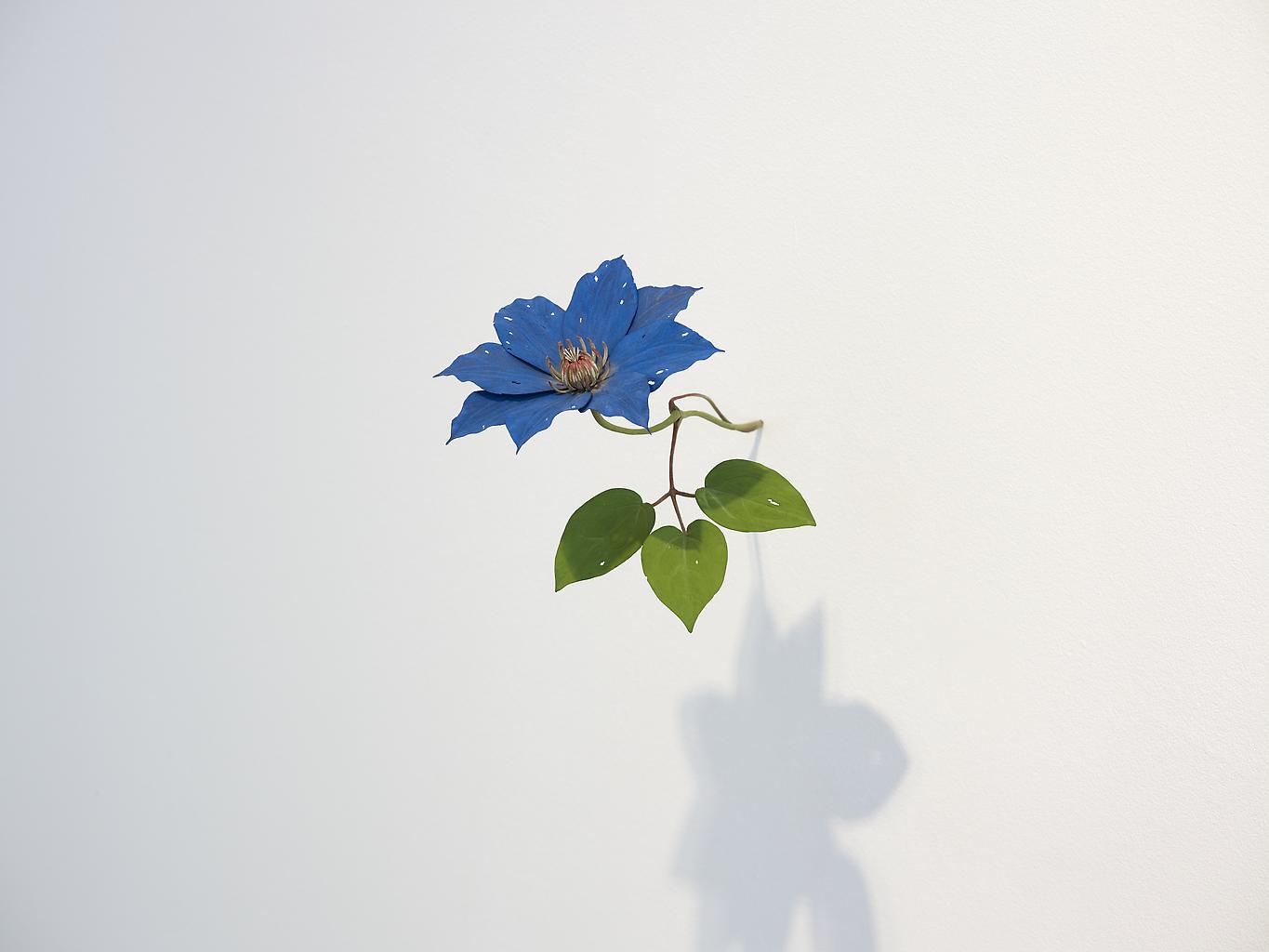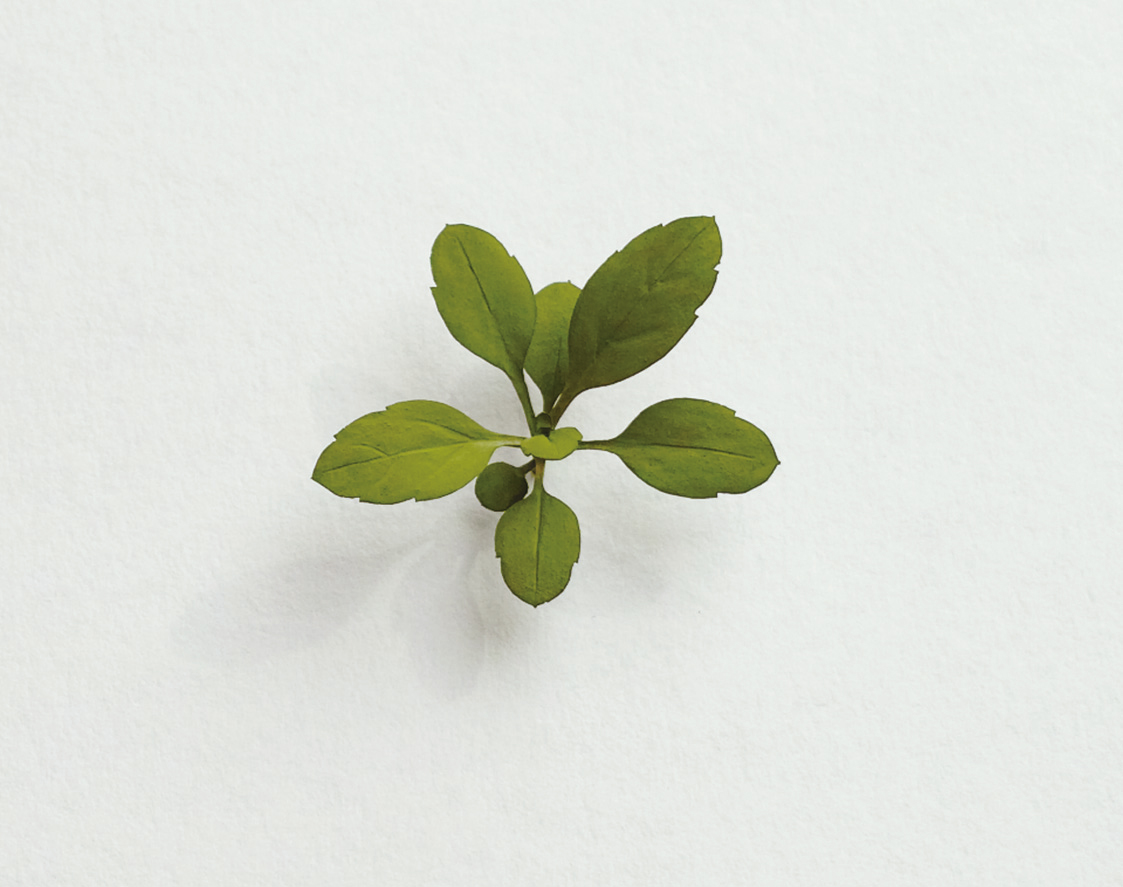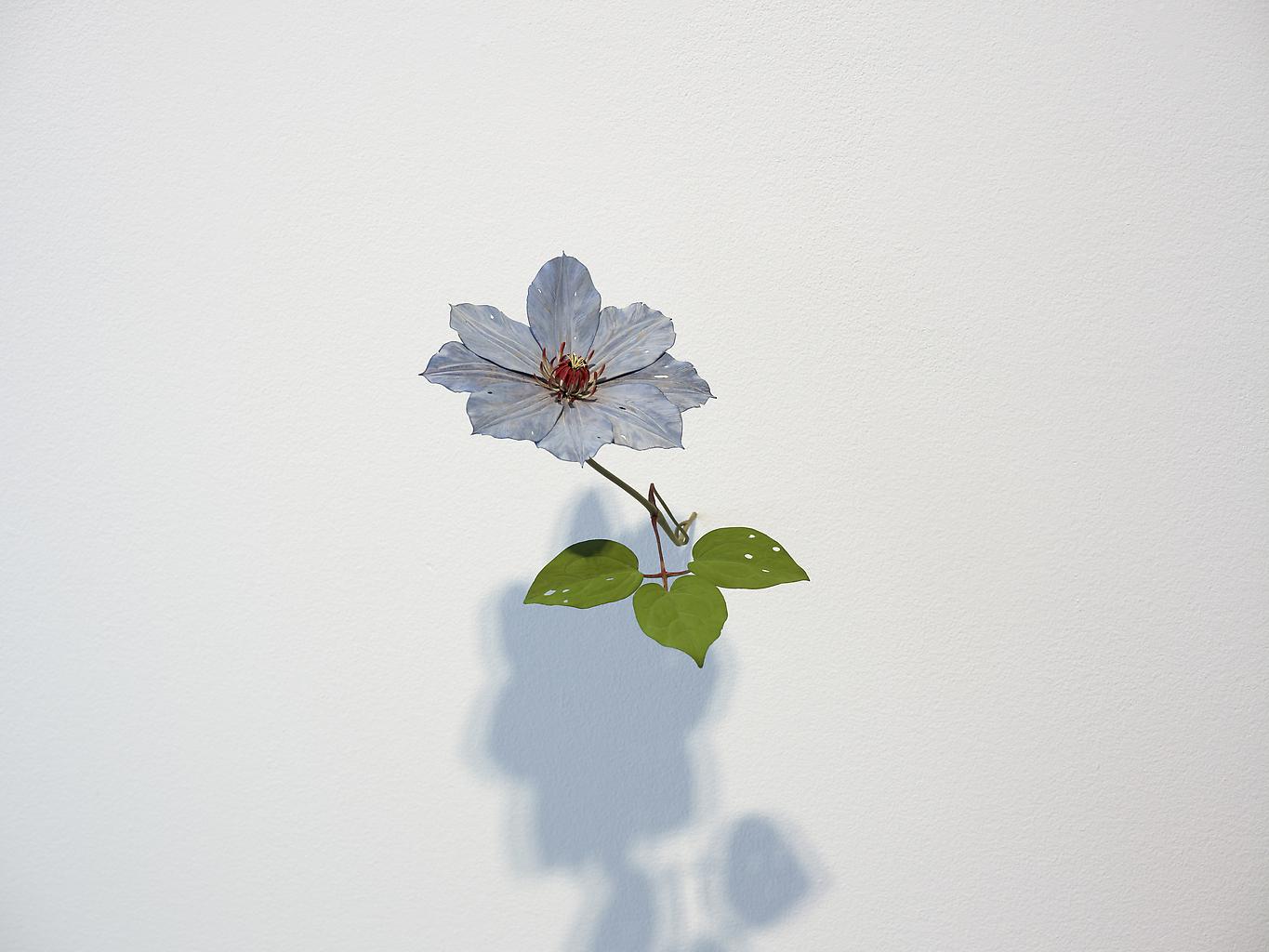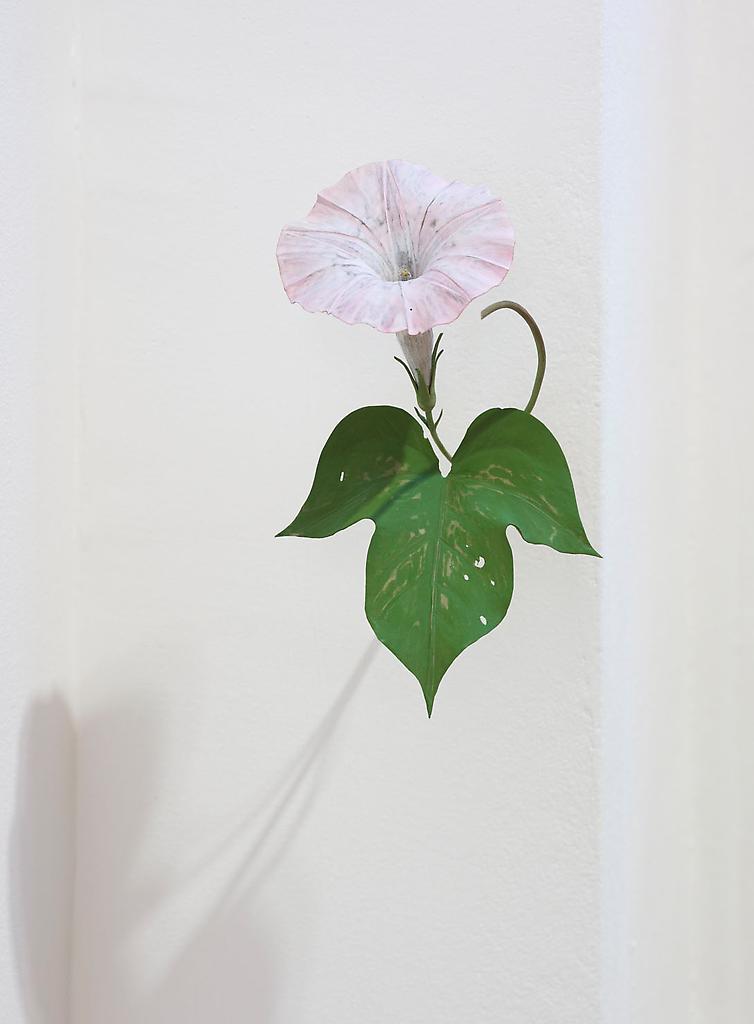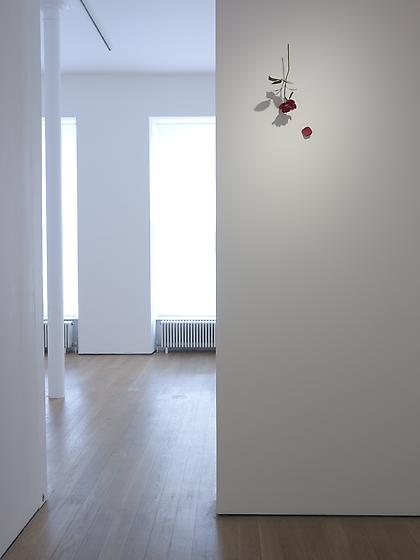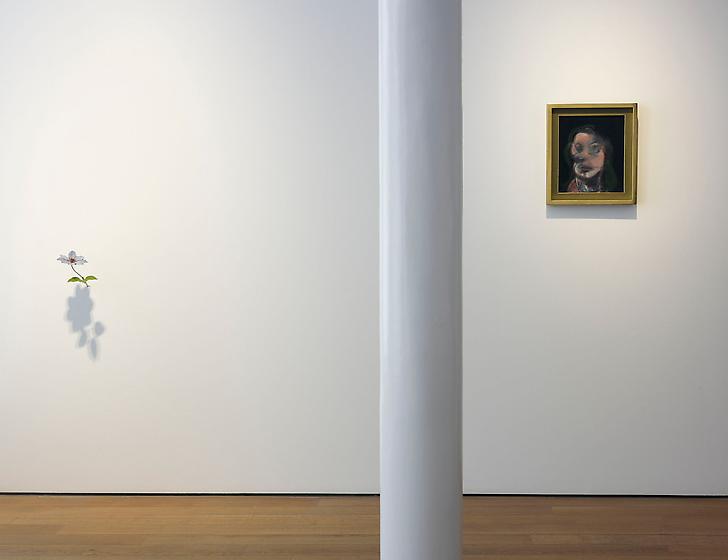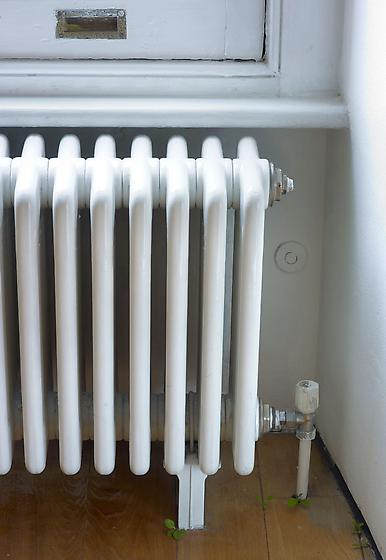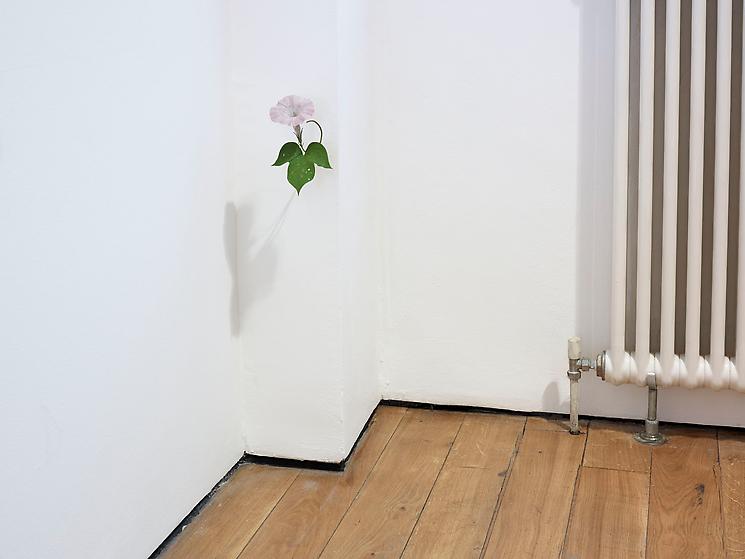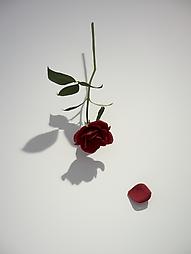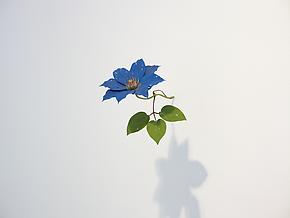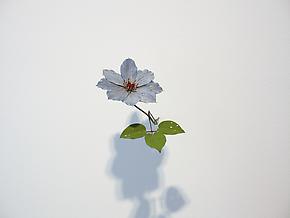mail@faggionato.com
Reg. in England No. 1863033
VAT No. 628 2861 22
Press Release
The Faggionato Gallery is delighted to announce their forthcoming solo exhibition of the Japanese artist Yoshihiro Suda. The exhibition, Suda Yoshihiro, showcases his hyper-realistic wooden sculptures of plants and flowers.
The nature of the environment or gallery space is central to Suda’s creativity. For Suda, the sculptures are ‘interventions’; subtle additions to an existing space or display. Each sculpture is only half of the work of art – the other half is their installation. The element of surprise is core to Suda’s work. In October 2000, he installed interventions at the Buddha’s Smile exhibition at the Okura Museum of Art in Tokyo. The sculptures were placed into the display cases, causing visitors to take second glances. Similarly, upon entering this exhibition, visitors will initially question whether or not they have overlooked something. The startling realism of each sculpture demands closer inspection, even though the viewer is already aware that in the gallery environment it is unlikely that there are real plants growing out of the walls. This merging of the boundaries between reality and illusion creates a surreal sense of the ordinary becoming the uncanny.
Suda developed his interest in carving plants as an undergraduate at Tama Art University in Tokyo in the early 1990s. This was a time when contemporary art was primarily conceptual and the notion that art could be decorative or aesthetically pleasing was largely ignored. Suda felt troubled by this and wished to create works of art that were unique and yet did not require any knowledge of contemporary art theory. Indeed, Suda’s self-taught sculptural techniques blend traditional carving practices with modern concepts relating to the role of art in daily life. He is influenced by the idea of continuing in the tradition of Japanese Old Master sculptors, while his decision to elevate and display such mundane objects as plants and weeds challenges our preconceived notions of what is a ‘work of art’. These sculptures revive traditional notions of beauty and craftsmanship in art, inviting the viewer to observe more closely the seemingly insignificant ornamentation that can be found in the everyday.

